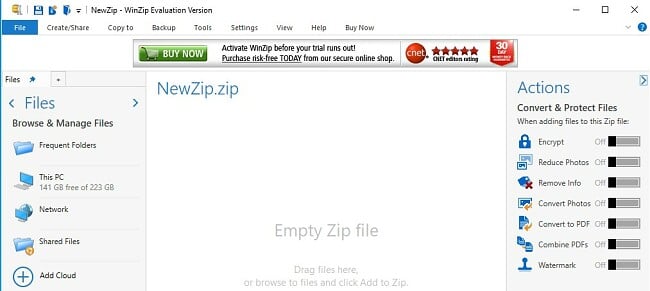
If it’s not there, create a new key under WindowsUpdate and call it AU. If the WindowsUpdate key was already present, you might find a key called “AU” in that folder.To create a key, right-click on the Windows folder and then select “ New > Key“. If not, create a new key here and name it “WindowsUpdate”. Then, check if a key called WindowsUpdate already exists in the Windows folder.In the Registry Editor window, use the left sidebar to navigate to the following location: HKEY_LOCAL_MACHINE\SOFTWARE\Policies\Microsoft\Windows.To do that, search for “Regedit” (without quotes) in Windows Search and click on the first result. First, open the Windows Registry Editor on your computer.To permanently stop automatic updates in Windows 11 using a registry hack, follow the steps below:

The linked article uses Windows 10 for the demo, but the method remains the same on Windows 11. You should also enable and create a System Restore point before proceeding any further. Note: Making changes to the Registry could mess up your Windows installation, so pay attention to what you’re doing. Method 4: Stop Windows 11 Automatic Updates Using Registry Editor And if you ever want to re-enable automatic updates on your Windows 11 PC, retrace your path and select “ Automatic” from the “Startup type” drop-down menu. Your Windows 11 device will no longer update automatically. Here, make sure the “ Download over metered connections” option is switched off. To ensure that the setting hasn’t somehow changed on your device, go to “ Settings -> Windows Update -> Advanced Options“.

You can, of course, manually update your PC any time during this period.Īnother nifty trick to disable automatic Windows 11 updates is to designate your Wi-Fi or Ethernet connection as metered. Your computer will no longer download updates automatically for the next seven days.


 0 kommentar(er)
0 kommentar(er)
